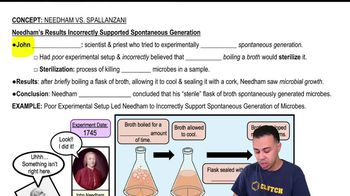Match the terms with their descriptions following. Only one description is intended for each term.
____ Ribosome
____ Cytoskeleton
____ Centriole
____ Nucleus
____ Mitochondrion
____ Chloroplast
____ ER
____ Golgi body
____ Peroxisome
A. Site of protein synthesis
B. Contains enzymes to neutralize hydrogen peroxide
C. Functions as the transport system within a eukaryotic cell
D. Allows contraction of the cell
E. Site of most DNA in eukaryotes
F. Contains microtubules in "9 + 0" arrangement
G. Light-harvesting organelle
H. Packages large molecules for export from a cell
I. Its internal membranes are sites for ATP production




